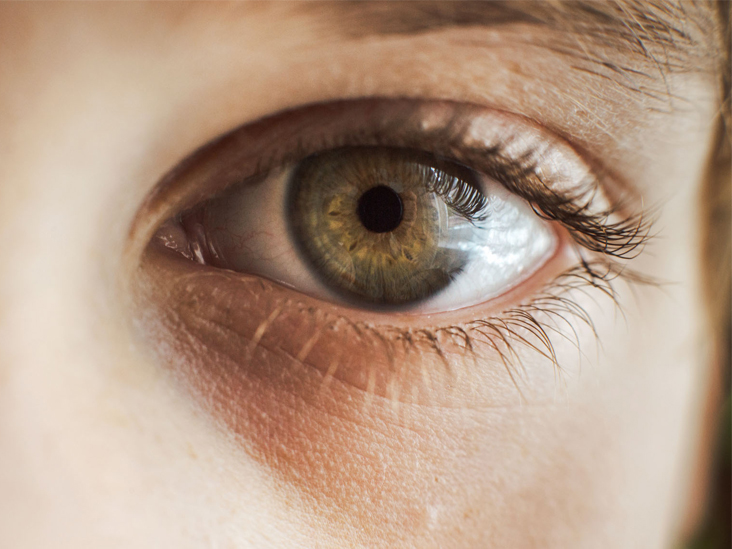A congenital cataract is a clouding of the eye’s lens that is present at birth or develops in infancy. According to some studies, estimated thousands of babies are born with cataracts each year in the whole world. While some cataracts may not impact vision and may not require treatment, others can cause serious vision problems if left untreated. In this blog post, we will explore congenital cataracts—including causes, symptoms, and treatment options.
Congenital Cataract
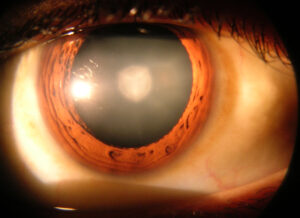 A congenital cataract is a clouding of the lens of the eye that is present at birth or develops in the first few months of life. Congenital cataracts can occur in one or both eyes and often run in families. The development of a cataract can cause serious vision problems if left untreated.
A congenital cataract is a clouding of the lens of the eye that is present at birth or develops in the first few months of life. Congenital cataracts can occur in one or both eyes and often run in families. The development of a cataract can cause serious vision problems if left untreated.
Most congenital cataracts are small and do not interfere with vision. However, some types of congenital cataracts can cause serious vision problems. Treatment for a congenital cataract typically involves surgery to remove the cloudy lens and replace it with an artificial lens.
If you have a child with a congenital cataract, it is important to monitor their vision closely. If you notice any changes in your child’s vision, be sure to contact your eye doctor right away.
Signs of Congenital Cataract
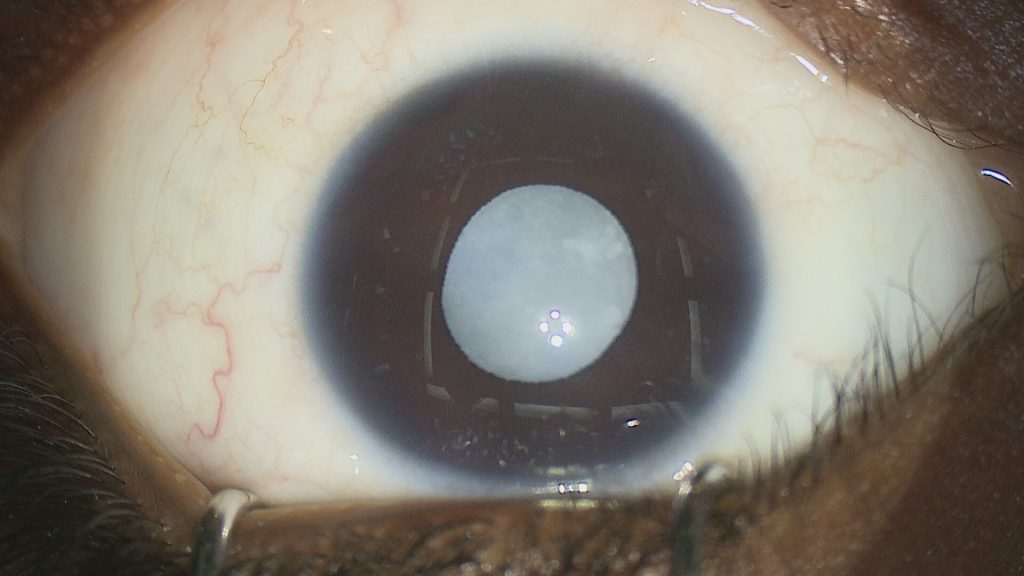
Several signs may indicate that a child has congenital cataracts. These include:
White or cloudy areas in the pupil of the eye
One of the most common signs of congenital cataracts is the existence of white or cloudy areas in the pupil of the eye. This may cause a child to seem cross-eyed, or to have different colored eyes (if one eye has congenital cataracts and the other does not).
White reflection from the flash when taking pictures
A common sign seen when parents take pictures of their children with a flash is that both eyes do not reflect what appears to be white light. One eye may appear darker than the other. The reason for this is that if there is a congenital cataract, the picture will show up as a white reflection because cataracts are whiter than they are black. If one eye reflects a dark area, there may be a congenital cataract in that specific eye.
One eye seems bigger than the other due to possible cataracts
If one eye appears larger than another, this may indicate that there is an increased size of pupils due to possible cataracts. This can also cause difficulties with a vision for childcare providers and parents, especially when it comes to feeding and playing with children who already have difficulty focusing on anything around them due to an inability to see clearly.
A change in the color of the iris
Another sign that may indicate the presence of congenital cataracts is a change in the color of the iris. This may cause one eye to be darker than the other.
One pupil may be larger than the other
If one pupil is significantly larger than another, this is also a sign that there may be a congenital cataract present. This can make it difficult for children to focus on anything and may cause them to have difficulty seeing clearly.
Reasons for Congenital Cataract
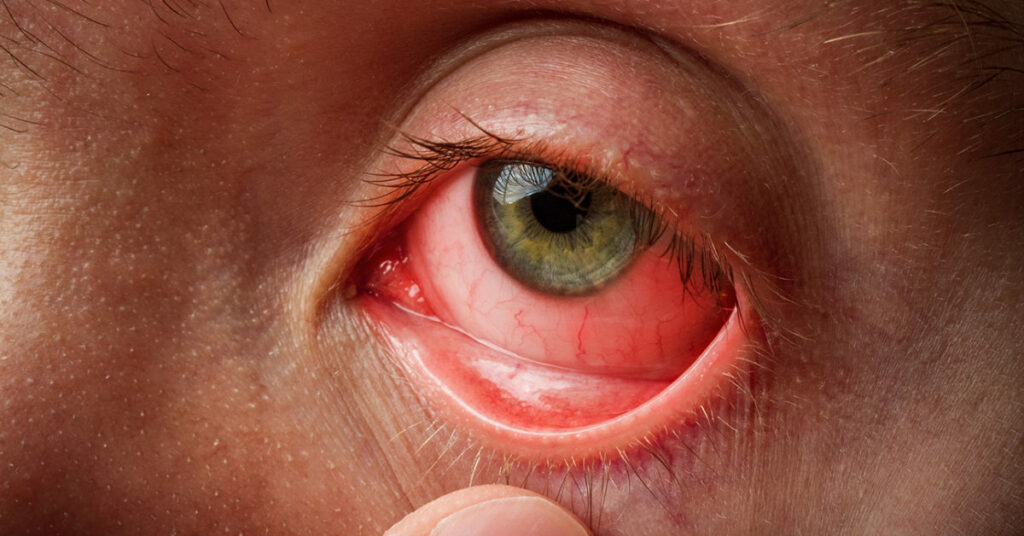
There can be many reasons for congenital cataracts. Some of these are:
Infection:
One of the most common reasons for congenital cataracts is an infection that the mother had during pregnancy. These infections are also the most common cause of birth defects.
Some of the most common infections that can cause congenital cataracts are toxoplasmosis, rubella, cytomegalovirus, and herpes. These infections can often be prevented by getting vaccinated before you get pregnant.
Genetic disorders:
Many different genetic disorders can cause congenital cataracts. Some of these disorders are:
Down syndrome
Turner syndrome
Albinism
Cataracts can also be caused by a mutation in a gene that is responsible for making lens proteins. This mutation is usually passed down from one generation to the next. In some cases, the mutation is present at birth. Other times, it develops later in life.
Inflammation:
Another reason for congenital cataracts is inflammation. This can be caused by an infection or a disease. It can also be caused by an injury to the eye.
Exposure to certain chemicals:
Exposure to certain chemicals can also cause congenital cataracts. These chemicals include:
Corticosteroids
Anti-epileptic drugs
Certain antibiotics
Diabetes:
If a mother has diabetes, her baby has a higher risk of developing congenital cataracts. This is because high levels of sugar in the mother’s blood can damage the developing lens of the eye.
Diagnosing Congenital Cataract
There are several ways to diagnose a congenital cataract. The first is through a comprehensive eye examination, which can detect any abnormalities in the structure or function of the eye. In some cases, special tests such as X-rays or ultrasounds may also be ordered to get a closer look at the internal structures of the eye.
If a congenital cataract is suspected, the child will usually be referred to a pediatric ophthalmologist for further evaluation. This specialist will perform a thorough examination of the eyes and may order additional testing if needed. In most cases, a diagnosis can be made based on the symptoms and physical examination alone. However, in some cases, genetic testing may also be recommended to confirm the diagnosis.
Blood tests: These tests can check for infections or genetic disorders that may be causing cataracts.
Imaging tests: These tests can create pictures of the inside of your child’s eye. They can help the doctor see if there is any damage to the lens or other parts of the eye. Some of these tests are Ultrasound OCT (Optical Coherence Tomography) MRI (Magnetic Resonance Imaging) CT (Computed Tomography) scan.
Another diagnosis method is through fundus photography. This is a special type of photograph that allows the ophthalmologist to see inside the eye. This can help diagnose congenital cataracts because it can show the location and size of the cataract.
Is There a Cure For a Congenital Cataract?

The primary treatment for congenital cataracts is surgery. In most cases, surgery is performed soon after diagnosis to prevent further damage to the eye. The type of surgery performed will depend on the location and size of the cataract. In some cases, a small incision is made in the cornea and the lens is removed through this opening. In other cases, a larger incision may be needed to remove the cataract.
Another treatment method for congenital cataracts is the use of contact lenses or glasses. This can help to improve vision by correcting refractive errors. Some of these treatment methods are not permanent and may need to be repeated as the child grows and develops.
Another treatment method is the use of medications. This can help to improve vision by correcting refractive errors. Some of these treatment methods are not permanent and may need to be repeated as the child grows and develops. Sometimes, cataracts can return even after surgery.
How Can You Prevent Getting a Congenital Cataract?
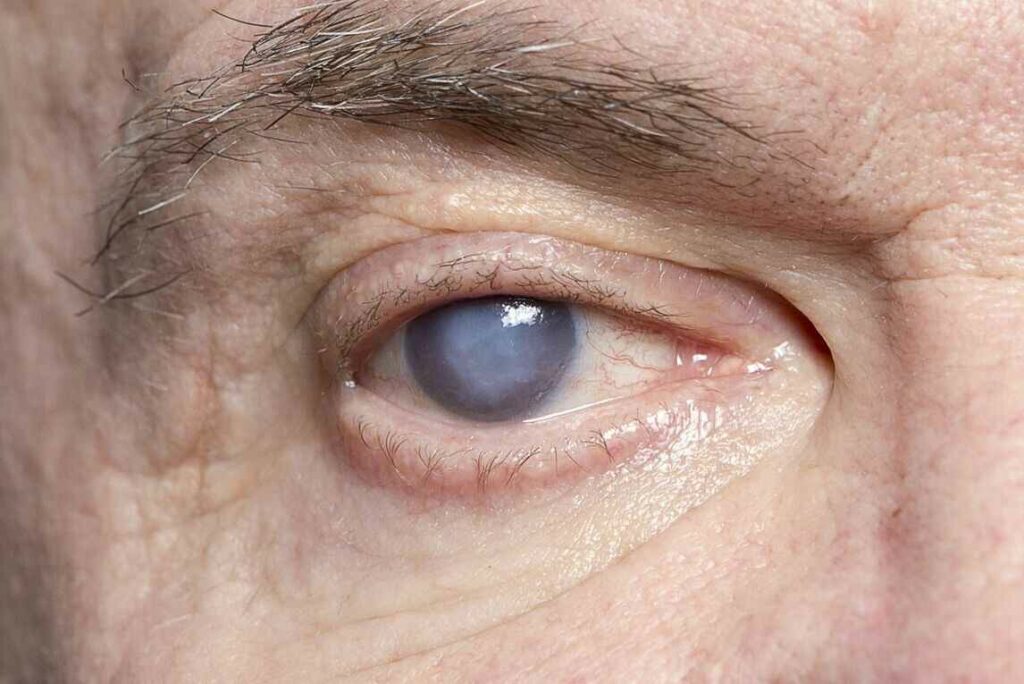
There are a few things you can do to help prevent congenital cataracts:
Having Regular Eye-eams
One of the best things you can do to help prevent congenital cataracts or any other vision problem is to have regular eye exams. Your doctor can check for early signs of cataracts and other problems.
Eating Healthy Foods
Eating healthy foods helps your overall health, including your eyes. Also, Eating a diet rich in fruits and vegetables, whole grains, and omega-3 fatty acids can help keep your eyes healthy.
Wearing Sunglasses
Sunglasses help protect your eyes from the sun’s harmful UV rays. Wearing sunglasses can help prevent cataracts and other eye problems. These days, you can find sunglasses that offer UV protection for your eyes.
Not Smoking
Smoking is bad for your overall health, including your eyes. Smoking can increase your risk for cataracts and other eye problems. If you smoke, talk to your doctor about ways to quit. When you are ready to quit, there are many resources to help you.
Conclusion
If you or your child has been diagnosed with congenital cataracts, it’s important to know that you’re not alone. This condition is relatively common, and there are many resources available to help you cope with it. With the right treatment and support, you can manage your condition and enjoy a good quality of life. We hope this article has given you some useful information about congenital cataracts and what you can do to deal with them.
Cataract surgery is a safe and painless procedure. At EyeMantra we have a team of experienced eye surgeons, who will be happy to answer any questions on cataract surgery, cataract surgery cost, cataract lens cost for different cataract surgery types- Phacoemulsification, MICS & Femto Laser Cataract. Call us at +91-9711116605 or email at [email protected] for inquiries.
